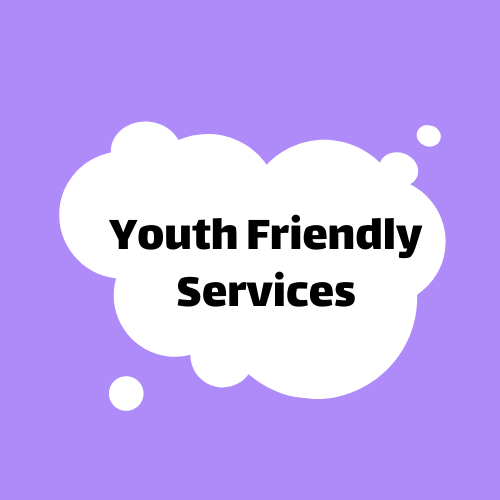Youth Friendly Services: Definition and Characteristics
Youth Friendly services

Our world is
home to 1.8 billion young people between the ages of 10 and 24. Therefore, the
need to enable young people to have access to quality of life and good health,
particularly sexual and reproductive health, is now a high priority. This is
not only for the good of young people but also for broader development goals
related to education, poverty alleviation and gender equality.
Youth Friendly Services
In recent
years, the term youth-friendly services (YFS) came into common usage. According
to UNFPA, it refers to services that are based on a comprehensive understanding of, and respect for,
young people’s rights and the realities of their diverse sexual and reproductive
lives. They are services which young people trust and feel are there for them. To
be considered adolescent and youth friendly, health services should be
accessible, acceptable, equitable, appropriate, and effective.
UNFPA partners
with other UN agencies and with governments, civil society, young people and
youth-serving organizations to actively promote and protect the sexual and
reproductive health and human rights of adolescents. In addition to working to
ensure health services and supportive programs are available to young people
who are marginalized or hard to reach.
UNFPA also advocates for and supports the efficient delivery of a
holistic, youth-friendly health-care package of services. These include:
Universal access to accurate sexual and
reproductive health information;
A range of safe and affordable
contraceptive methods;
Sensitive counselling;
Quality obstetric and antenatal care for
all pregnant women and girls; and;
The prevention and management of sexually transmitted infections, including HIV.
YFS CharacteristicsThe World Health Organization (WHO) defined the characteristics of
adolescent and youth friendly health services as following:
Equitable
all adolescents, not just certain groups, can obtain
the health services they need.
Accessible
adolescents are able to obtain the
services that are provided.
Acceptable
health services are provided in ways that
meet the expectations of adolescent clients.
Appropriate
the right health services that
adolescents need are provided.
Effective
The right health services are provided in the right
way and make a positive contribution to the health of adolescents.
Youth-friendly
services should be accessible to all adolescents and young people regardless of
their age, marital status, HIV status, sexual orientation, gender identity,
occupation, social status, geographical location or ability to pay. These
services must be confidential, non-judgmental and private.
What is being done to make health services Youth friendly?
There is
growing recognition of the need to make it easier for adolescents to obtain the
health services they need. Initiatives are being undertaken in many countries
to help ensure that:
Health service
providers are nonjudgmental and considerate in their dealings with adolescents;
and they have the competencies needed to deliver the right health services in
the right way.
Health
facilities are equipped to provide adolescents with the health services they
need; and are also appealing and ‘friendly’ to adolescents.
Adolescents are
aware of where they can obtain the health services they need, and are both able
and willing to do so when needed.
Community members are aware of the health-service needs of different groups of adolescents, and support their provision.
Useful resources to learn more about Youth Friendly Services:
https://www.unfpa.org/sites/default/files/pub-pdf/framework_youth.pdf
https://www.unfpa.org/sites/default/files/pub-pdf/UNFPA_EWEC_Report_EN_WEB.pdf
References
https://www.unfpa.org/resources/adolescent-sexual-and-reproductive-health
https://apps.who.int/iris/bitstream/handle/10665/75217/9789241503594_eng.pdf





